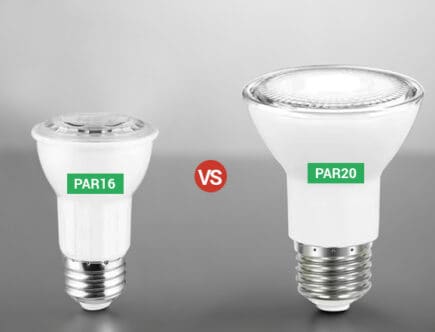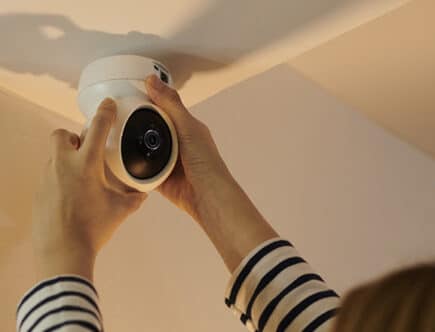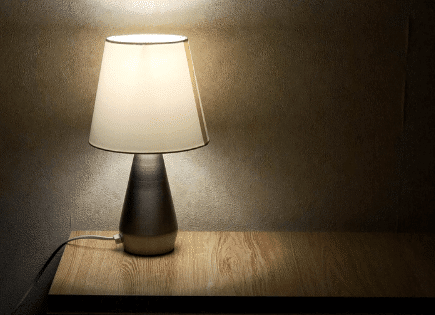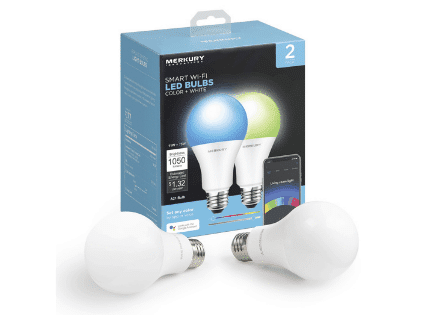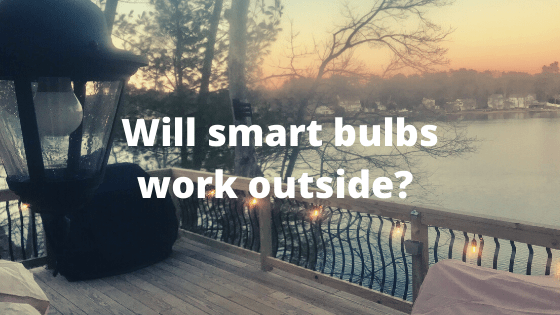
Will Smart Bulbs Work Outside? (Most Likely, BUT…!)
I’m often asked if the average smart bulb works outside. Whether you have a regular light bulb or a smart light bulb, it’s a good idea to ensure it will work safely out in the elements.
Will smart bulb work outside
Yes, your smart bulb will work outside all year round, as long as the smart bulb you’re using is covered and shielded from the rain, snow, etc. I suggest you use an LED bulb in a well-protected lighting fixture that isn’t more than 100 ft away from your router or smart hub.
What to consider when using a smart bulb outside
There are a handful of things you should consider when deciding whether or not to use your smart light bulb outside:
- The type of outdoor lighting fixture you’re using
- The type of light bulb you have
- The climate/environment you’re in
- The distance the bulb will be from your smart hub or WiFi
Let’s review each in a bit more detail.
NOTE: Several popular smart bulb manufacturers will advise against outdoor use. Feel free to heed this advice, but in my experience, most smart bulbs will operate just fine outside, even in extreme conditions! Just make sure to consider the following considerations and you shouldn’t have a problem.
Type of outdoor lighting fixture
This is one of the most important considerations when deciding whether or not to use a smart bulb outside.
A lot of outdoor wall lights, post lights, hanging lanterns, etc., will provide your bulb with coverage. In fact, most outdoor lighting fixtures provide at least some shelter from the weather.
But more specifically, you’ll want to find a light fixture that protects your bulb from contact with rain and snow. Water is the real enemy here.
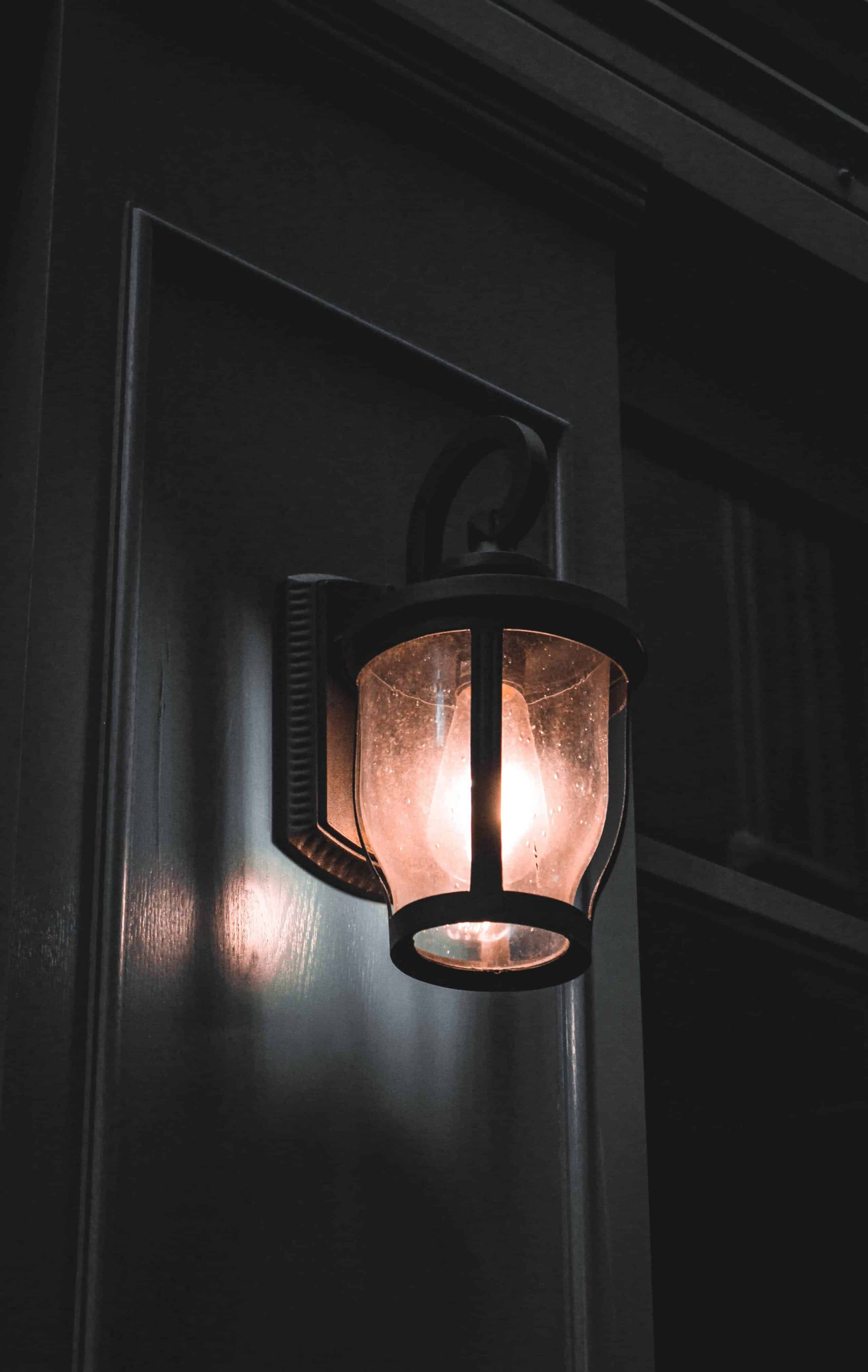
If your fixture leaves your bulb exposed and you suspect it will eventually get wet at some point, I would think about looking for a weatherproof smart bulb.
Otherwise, a standard smart bulb should be just fine.
Type of smart light bulb
As you know, there are several different kinds of light bulbs: Incandescent, Halogen, Light-Emitting Diode (LED), Compact Fluorescent Light (CFL), Xenon, etc.
And not all of these work well outdoors.
Luckily, almost all smart light bulbs are Light-Emitting Diodes (or LEDs), which can be used indoors and outdoors.
The Philips Hue smart LED bulb is a great option. You can check the price here.

Climate-smart light bulb is in
It’s one thing to make sure that your smart bulb is protected from the weather, but what about protection from the cold?
Unless your outdoor lighting fixture is in an enclosed, heated area (like a closed-off deck), your bulb will most likely have to withstand cold temperatures.

The good news is that smart LED bulbs generally withstand the cold very well. In most climates, cold weather won’t be an issue for your smart bulb.
If you live in a more extreme climate, and the cold is something you’re really worried about, manufacturers will publish the operating temperature of your bulb on the packaging.
You can check this temperature range before purchasing. As a point of reference, most smart light bulbs have the following operating temp range: -4°F to 104°F / -20°C to 40°C.
But again, I’ve found this range to be extremely conservative. For example, Philips Hue White LED smart bulbs operate just fine outdoors at -23°F (-30°C). Now that’s cold.
And Philips advertises these as indoor bulbs only!
Distance smart bulb is from the smart hub or WiFi
Another key consideration when using a smart bulb outdoors is how far your bulb’s smart protocol can reach. What’s the strength of its signal?
Most smart bulbs are controlled by one of the following protocols:
- WiFi (no hub required)
- Z Wave (hub required)
- Zigbee (hub required)
And each of these protocols has a different working range:
| Protocol | Range |
|---|---|
| WiFi | Line of sight: 92 meters (300 ft) Indoors: 46 meters (100 ft) |
| Z Wave | Line of sight: 100+ meters (328+ ft) Indoors: 9 meters (30 ft) |
| Zigbee | Line of sight: 300+ meters (984+ ft) Indoors: 75-100 meters (246-328 ft) |
“Line of sight” means what’s the maximum, unobstructed distance your smart bulb can be from your hub or WiFi router and still work.
“Indoors” means what’s the maximum, obstructed distance your smart bulb can be from your hub or WiFi router and still work.
These numbers will vary from home to home based on different building materials used and layouts, but the list above gives you a pretty good sense of how far you can place your bulb from its source.
In some cases, the range of these protocols can be extended by adding more products. In doing so, the mesh network becomes stronger. The signal is able to jump from device to device until it reaches the device being used.
Of course, the added products will all have to be running the same protocol in order to achieve this range extension effect.
(Visit my post, Z Wave vs. Zigbee if you’re interested in learning more about the differences between these protocols.)
Conclusion
So, will smart light bulbs work outside?
In my experience, absolutely.
Since almost all smart bulbs are LEDs, and LEDs can be used both indoors and outdoors, you shouldn’t worry about having your smart light bulb outside.
Just make sure that your outdoor lighting fixture provides the bulb with adequate cover from rain and snow and that the protocol your smart bulb uses has the necessary range to reach your device.
What’s your experience with smart bulbs outside? Have you run into any issues?

